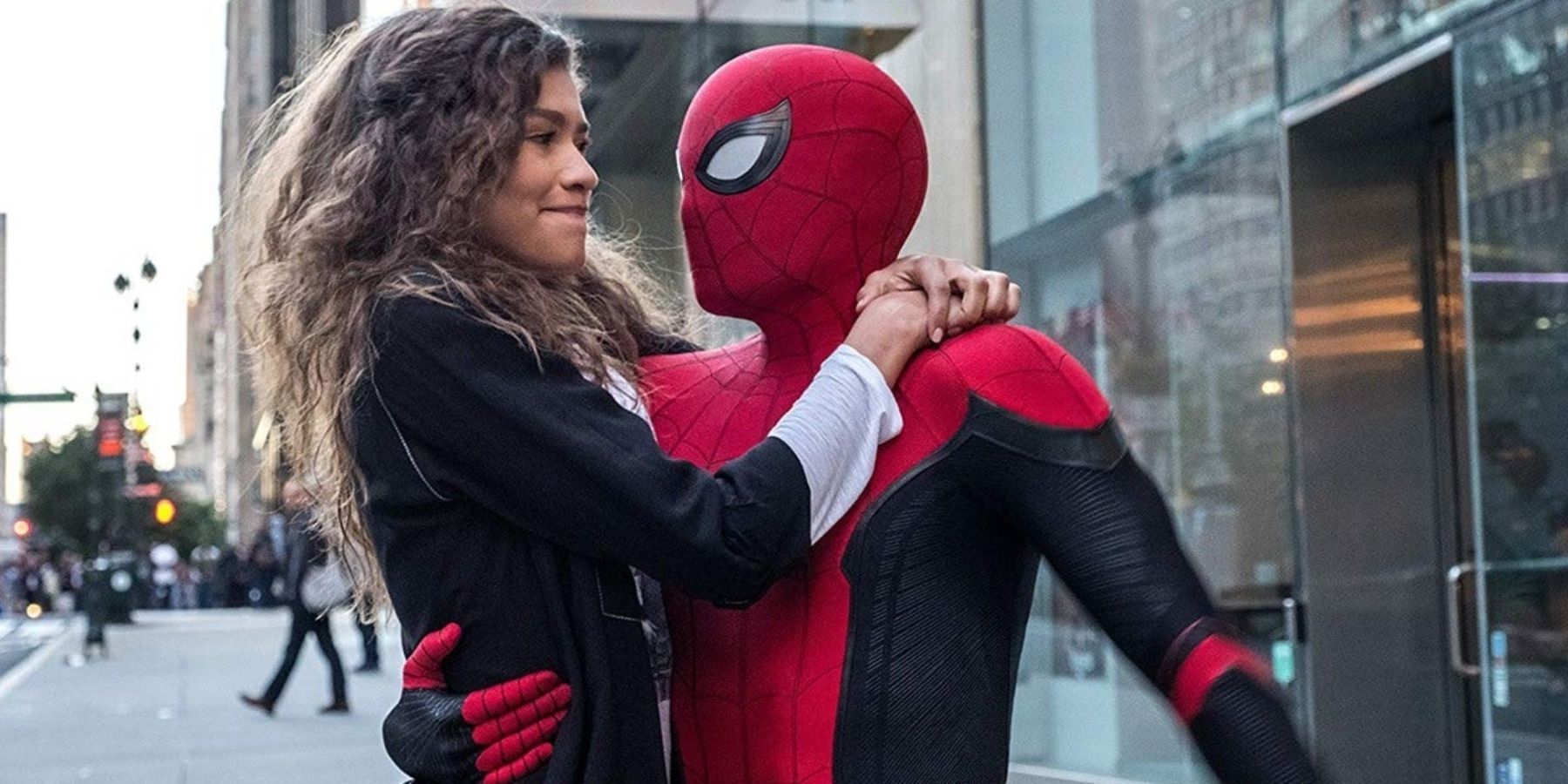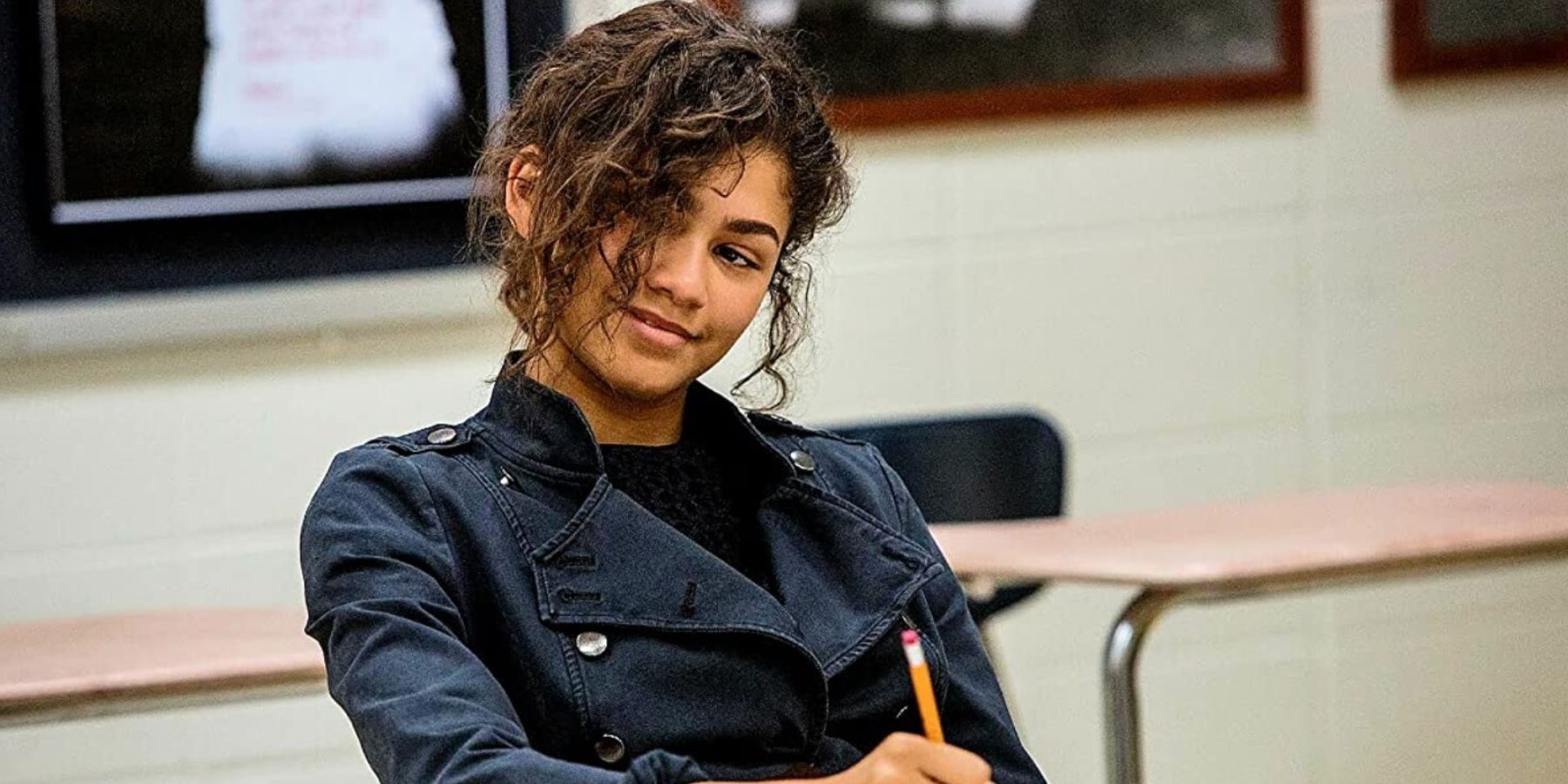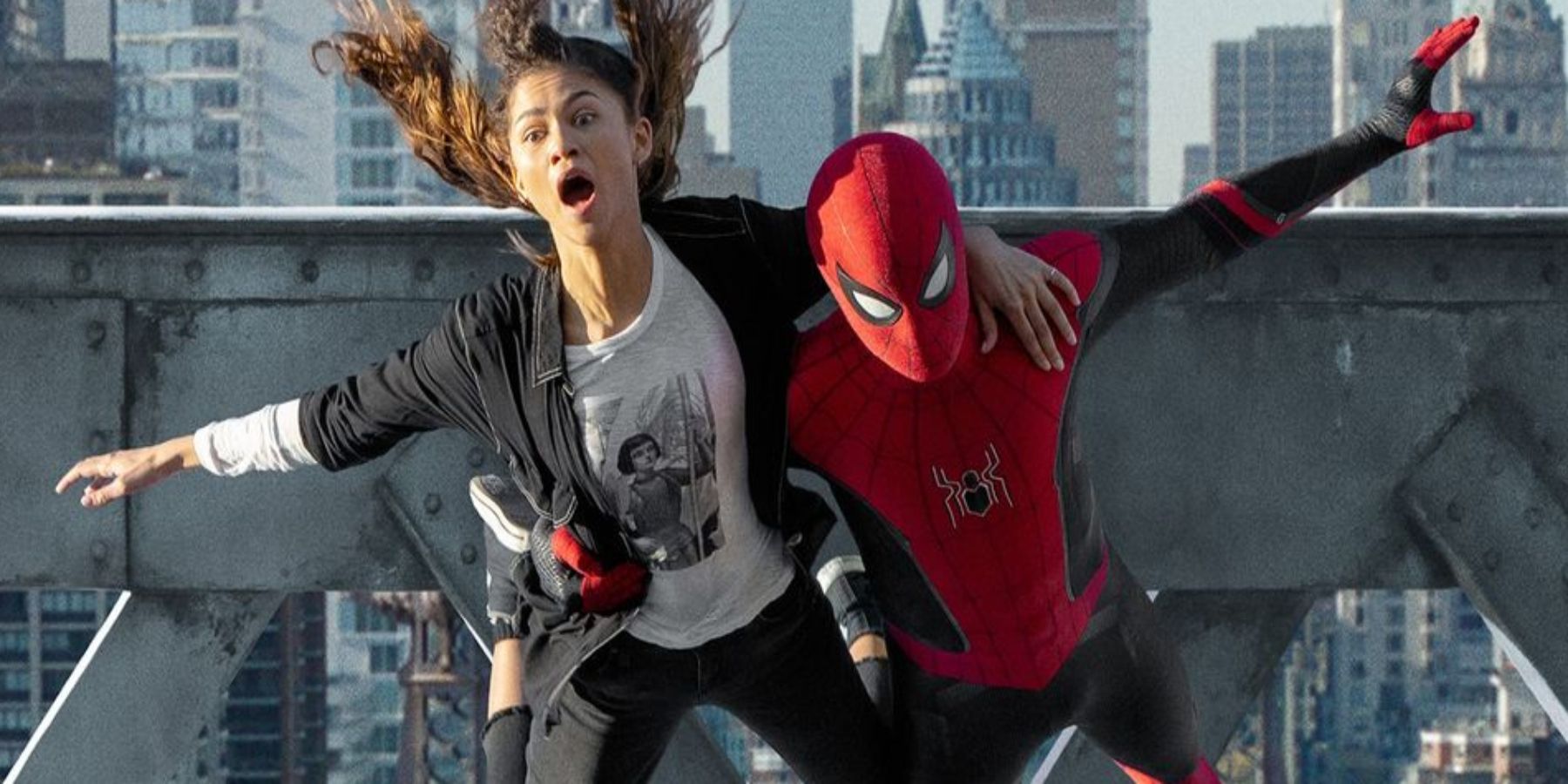Spider-Man: No Way Home is hitting theaters this December, much to the excitement of fans everywhere — but in the wake of the revelation that the film will feature returning villains from past film incarnations of Spider-Man, online debates over which live-action Spider-Man is the best have only gotten more prominent. One common point of contention is whether or not the Marvel Cinematic Universe’s take on Peter Parker and his supporting cast is sufficiently accurate to the comics.
Of course, the question of which live-action Spider-Man is the most comic-accurate could fill up multiple articles on its own. So for now, it’s best to focus on another Spidey-adjacent character who’s been accused — perhaps unduly — of not staying true to the source material. That character, of course, is the MCU’s take on Peter’s classic love interest MJ, played by Zendaya.
MJ, better known as Mary Jane Watson, was created by Stan Lee and Steve Ditko all the way back in the early days of Spider-Man comics. She was mentioned as early as The Amazing Spider-Man #15 in 1964, but she didn’t make her first proper appearance until issue #42 in 1966, drawn by artist John Romita. Since then, she’s become one of the most iconic love interests in the entire superhero genre, rivaled only by Lois Lane and Catwoman. Her enduring status in modern pop culture is due in no small part to her portrayal by Kirsten Dunst in the original Sam Raimi-directed Spider-Man films. And while MJ was absent from the Amazing Spider-Man films (she was meant to be played by Shailene Woodley in the second movie, but all her scenes were left on the cutting room floor), she ended up returning to the silver screen in Spider-Man: Homecoming — just not in the way many fans expected.
The MJ played by Zendaya in Homecoming and Far From Home is practically unrecognizable as the same character as Kirsten Dunst’s portrayal. Instead of a sweet girl next door with dreams of being an actress, she’s a moody, bookish outsider with a dark aesthetic. The two characters don’t even have the same name — Zendaya’s MJ is named Michelle Jones instead of Mary Jane, only adopting the nickname at the end of Homecoming. While the name change was likely intended to distance the character from her past live-action incarnation, she’s only ever called “MJ” throughout all of Far From Home, making it clear that she is, for all intents and purposes, the MCU version of Mary Jane Watson.
However, that hasn’t been enough for a select group of Spider-Man fans. Much like Tom Holland’s Peter Parker, Zendaya’s MJ has often been derided as being an unfaithful adaptation that fails to capture the most important aspects of the original character. And when one compares her to Kirsten Dunst’s Mary Jane, that’s certainly a plausible claim. However, the MJ of the Raimi films is just as great a departure from the source material — if not greater — as the MJ of the Marvel Cinematic Universe. As such, there’s no other choice but to go directly to the comics to see how closely their MJ resembles Zendaya’s portrayal.
Far from the nerdy outcast introduced in Homecoming, the Mary Jane originally depicted by Lee and Romita was a fiery, free-spirited hippie who loved to party and openly flirted with any man who caught her eye. And while this characterization is perfectly tame and even quaint by modern standards, it’s important to remember that MJ was introduced during the early days of the 60s counterculture movement. Compared to previous, more prim-and-proper love interests like Gwen Stacy, Liz Allan, and Betty Brant, Mary Jane was downright anarchic. She was hardly just a pretty face either — she was just as quick-witted as Peter, frequently trading wisecracks with the rest of the cast. She even kept her cool in the face of danger, avoiding the usual damsel in distress cliches. It’s no wonder that MJ quickly became the most popular female character of Silver Age Marvel.
At first glance, comic MJ has no more in common with her MCU counterpart than the Raimi version. One is bubbly and outgoing, while the other is sardonic and withdrawn. But when one compares the narrative functions the two MJs serve, parallels start to emerge. Mary Jane was introduced in the comics as a rebellious, self-assured, and artistic-minded foil to Peter’s awkward, insecure science nerd — a role that her MCU counterpart also plays to perfection. And though she’s been reimagined as a snarky feminist loner rather than a lively party girl, Zendaya’s portrayal of MJ shares the character’s roots as a socially-progressive young woman by the standards of her time. Even her interest in the macabre (such as her favorite flower being the Black Dahlia specifically because of its association with the infamous murder case) has its roots in comic MJ’s more quirky moments. After all, in only her second appearance, she shows that her idea of a fun night on the town is spectating one of the Rhino’s rampages. And like his MCU counterpart, comic Peter can’t help but be charmed by MJ’s offbeat personality.
However, the similarities go even deeper than that. While the Raimi-verse Mary Jane didn’t know Peter was Spider-Man until he unmasked himself in Spider-Man 2, both the comic and MCU versions deduce his secret identity on their own long before Peter tells them. And in both versions, it’s immediately after this revelation that new facets of MJ’s personality are revealed. In Amazing Spider-Man #259 by Tom DeFalco, Mary Jane tells Peter about her troubled past, revealing that her carefree party animal persona was just a mask she wore to hide the trauma of her abusive upbringing. And while Far From Home opts not to go in such a bleak direction, it does show MJ’s aloof facade giving way to shock and panic the moment she discovers Mysterio’s scheme. In both cases, MJ’s public persona is a mask she wears to hide her fears and anxieties: a trait she shares with Spider-Man, as it happens. And it’s for that reason — the way she parallels Peter’s personality while also contrasting it — that MJ makes such a perfect love interest to Spider-Man, both in MCU and in the comics.
On the surface, Zendaya’s MJ may not seem to have much in common with her comic book counterpart. But when one digs a bit deeper and analyzes the thematic parallels and contrasts conveyed by each character, it becomes clear that “Michelle Jones” is a strong contender for the best-ever depiction of Mary Jane Watson outside the comics. Like any good adaptation, Zendaya’s portrayal reinvents the character for the modern audience while keeping her core attributes intact. Here’s hoping she gets another chance to shine in No Way Home.



